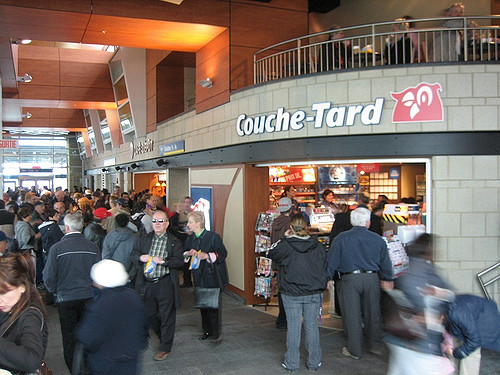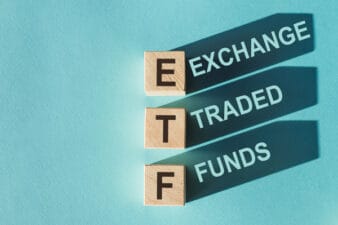Alimentation Couche-Tard Inc. (TSX:ATD.B) stock is trading +19% lower than its 52-week high, and it has pretty much traded sideways since late 2015. The midpoint of that sideways channel is ~$60 per share.
Some investors question Couche-Tard’s ability to grow after it closed the acquisition of CST Brands in mid-2017 for about US$4.4 billion. At the time, when Couche-Tard made the announcement in August 2016, Couche-Tard ranked second in the number of stores it had in the U.S., while CST Brands ranked fifth.
The CST acquisition, along with other acquisitions, pushed Couche-Tard’s North American position to the first place, overtaking 7-Eleven in terms of the number of stores.

Couche-Tard is still in the midst of digesting the CST acquisition. Notably, management estimated there will be $150-200 million of synergies in the first three years. So far, the company has achieved a run rate of $84 million.
If investors are worried about Couche-Tard’s growth potential in North America, the company has lots of opportunities internationally, such as in Asia and Europe, in which it already has some presence.
That’s probably why management decided to consolidate its network of brands into one international brand, Circle K. For decades to come, Couche-Tard will continue to grow its international empire of convenience stores.
Couche-Tard is attractively priced
Although it seems like the stock hasn’t moved much from the levels it traded at in late 2015, Couche-Tard’s price-to-earnings multiple has contracted considerably from ~24 to ~15. The stock looks even more attractive on a forward basis, given its expected long-term double-digit growth potential.
The Bank of Nova Scotia analyst has a 12-month target price of $80 on the stock, which represents whopping near-term upside potential of ~48%! I think that’s very optimistic, though not impossible. A target price of $60-70, or upside of 11-30% is more likely if the market cooperates and no black swan event occurs.
Strong track record of profitability
Couche-Tard has proven its ability to generate strong returns. In 2008, at a time, when some companies went bankrupt and others were having trouble, Couche-Tard’s return on assets (ROA) and return on equity (ROE) were nearly 6% and 15.8%, respectively. Every single year after that, it achieved even higher ROA and ROE. Its trailing 12-month ROA and ROE are +8% and +23%, respectively.
Investor takeaway
In the past, one would invest in Couche-Tard for its growth story in North America. Today, one would invest Couche-Tard for its international growth potential.
I like how fellow Fool writer, Joey Frenette, summed up the opportunity in Couche-Tard: “It definitely appears that investors have a chance to pay a value multiple for a growth stock that’s capable of delivering a double-digit EPS growth over the foreseeable future.”








